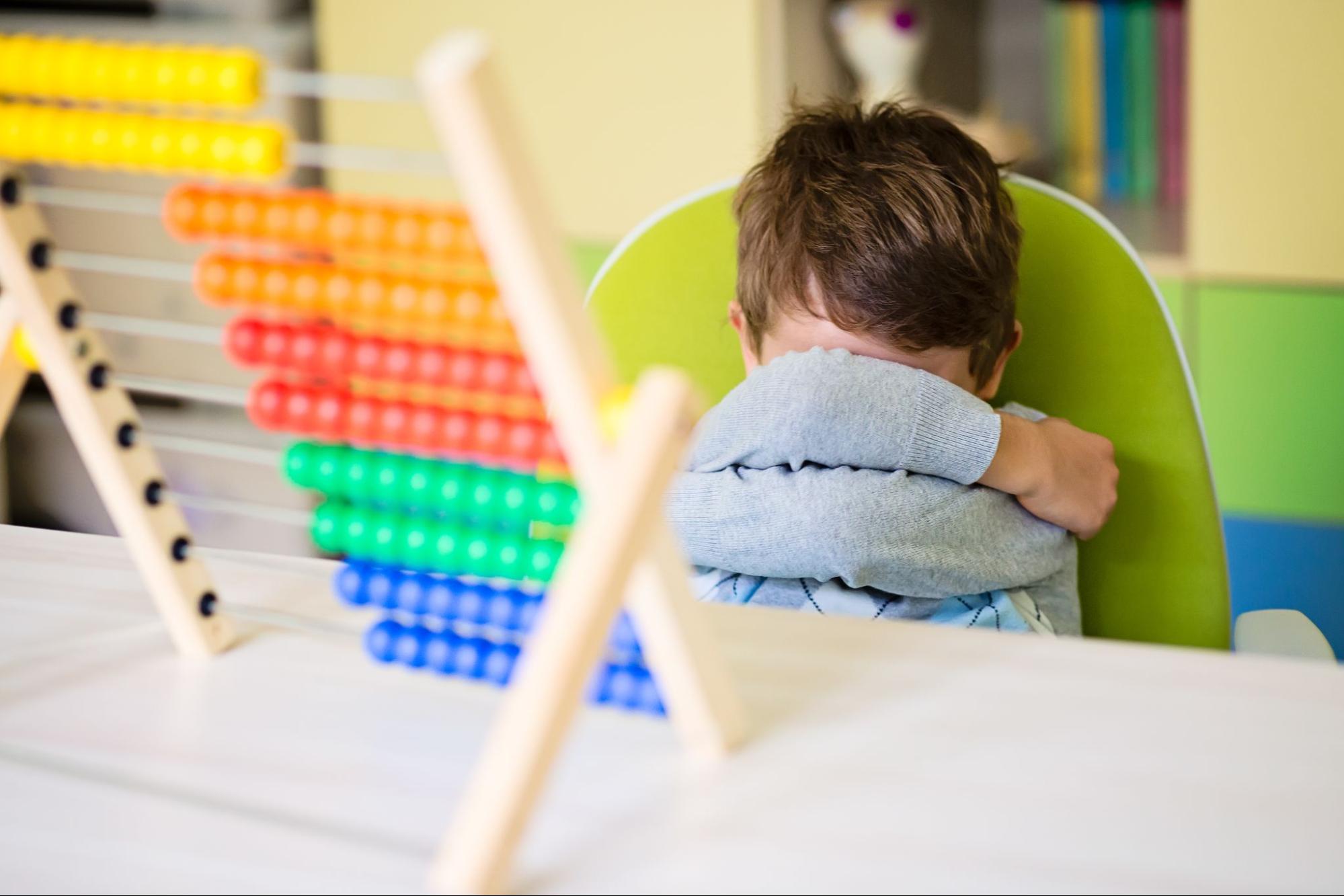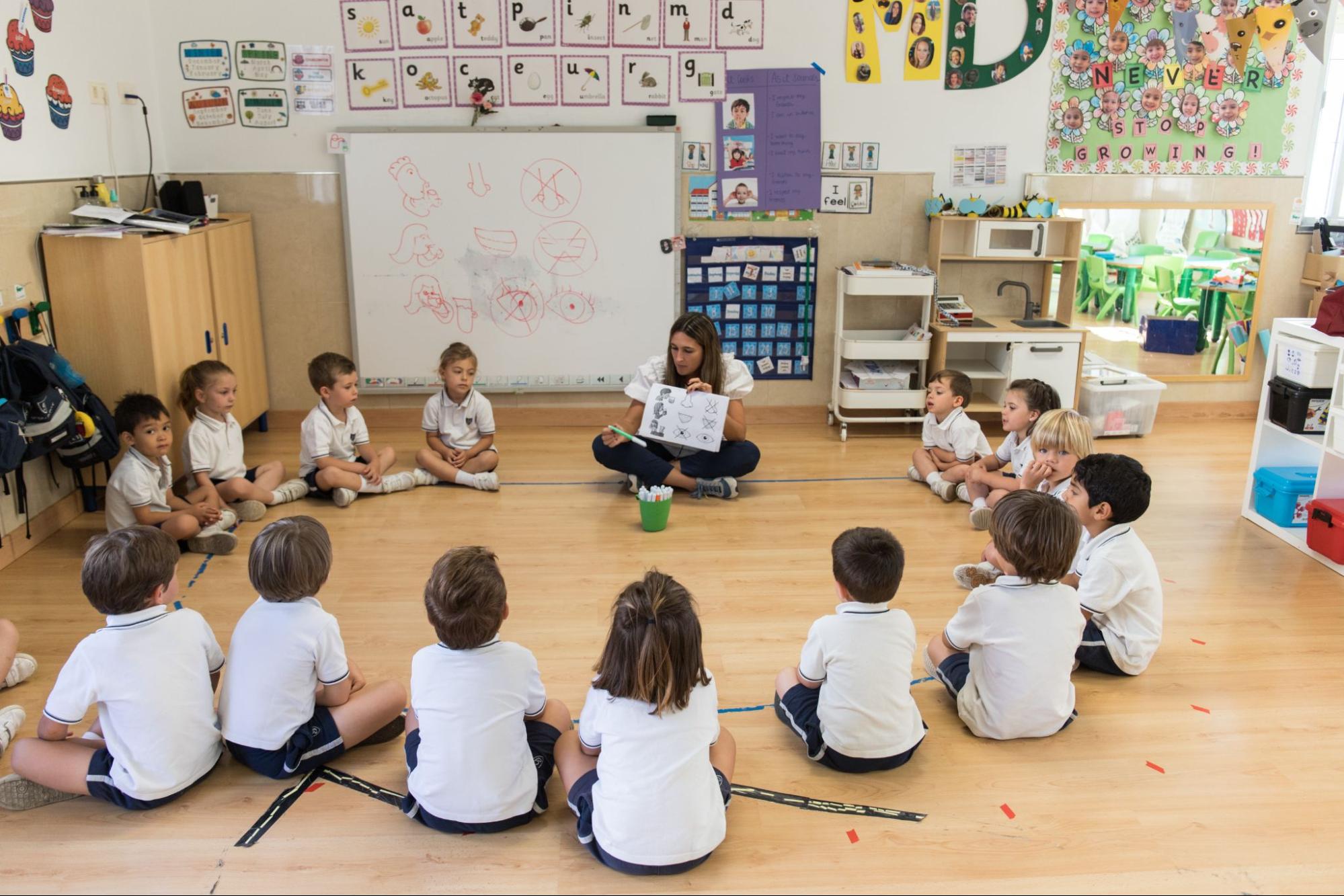Tantrums are expressions of a negative emotion, frustration, anger or rage. They occur when a child does not achieve their objectives, what they want, what they ask for or what they are trying to achieve. In short, it is a reaction to a refusal of a request or action that the child wishes to carry out. The child can make a number of abnormal reactions: throwing himself/herself on the floor, attacking the parents, pulling his/her hair, running to the playground, etc. These are uncontrollable emotional outbursts that produce unpleasant or disturbing situations around them.
So-called tantrums occur as an expression of frustration. The reaction may include crying, shouting, stopping to talk, impatience, refusing to move, stopping breathing, kicking, hitting people… It is normal that children do not know how to deal with failures when they are young, the serious thing is not correcting these behaviours, which can be perpetuated over time. This type of behaviour occurs around the age of 2 and is aimed at asserting their personality and demonstrating their power. We tell you all about tantrums!
What is a tantrum?
Tantrums are a state of impatience and anger that toddlers have, especially at the age of two. They occur usually for a minor reason and do not last long. They can happen at any age but are most common between the ages of 18 months and 3 years. They are meant to assert their personality and demonstrate their power.
How do tantrums originate?
Tantrums can be caused by anger, frustration over something the child does not manage to do, fears and confusion. Inevitably, children between the ages of 18 months and 3 years old, rebel against their parents in order to get whatever they want without accepting rules and limits.
Children’s tantrums always have a reason, they are related to increasing their independence and the “power” to demand the attention they want, and they achieve this, not only when we give them what they are looking for, but also when we scold them, look at them, talk to them and try to reason with them, etc. When children are still small, they do not have the independence to do and undo as they please, and they get frustrated when they see that there are things they would like to do but cannot do on their own or that they are not allowed to do, with the “aggravating factor” that they still cannot explain it with words. When they are a little older, they do this as a way of challenging authority and demonstrating their own personality.
Let’s go into a slightly more detailed explanation. When language and reasoning begin (around the age of 2) the child starts to have his own ideas, to know that he is a different subject from the rest (he starts to use his name or the word “I” to refer to himself) and starts to want to become independent (which does not mean that he will achieve this at such a young age). The result of all this is a child who wants to put a square piece into a round one because he has his own ideas about how the puzzle should be done. Who paints the walls because he thinks it will look nicer, or who has his own sense of where to put the peas before eating them. And when we contradict him, that will provoke tantrums.
Because a tantrum is nothing else than a child’s desire confronting the parents’ desire. It is a child’s own idea confronted with the parent’s idea of how to do it. And the child, not understanding what is going on, becomes confused and explodes emotionally. It is the desire to want to do things their own way, following their initial idea.
What to do with tantrums?
Do you know what to do with tantrums? Sometimes, tantrums are a difficult thing to deal with on the spot, as it is very difficult to reason in full emotional outburst, in those moments, we must:
- Create a calm atmosphere around the situation, i.e. remain calm and in control. Do not scold or shout at the child because, in addition to not solving anything, it generates more insecurity and sets a bad example. Avoid hitting, because this indicates to the child that you have lost control. Nor should you try to reason with the child, because at that moment he/she will not listen to you.
- Ignore the child, watch him/her, but do not pay attention to the demands. Move away, do something else for the duration of the tantrum, continue the interrupted conversation, or if the child is in a safe place you can even leave the room, observing the situation from a distance. Very importantly, “ignoring a tantrum is not about rejecting the child affectively, it is about withdrawing attention from the tantrum and giving it to more appropriate behaviour”. Be careful not to confuse a “tantrum” with a “real need” to be attended to.
- You can wait a few minutes for the crying to stop and say: “When you have finished crying, come back and we will go and play”.
- Remember that when you start not to pay attention to tantrums, the behaviour at the moment, instead of decreasing, will increase. Don’t panic, this is normal. Then it will decrease. It does so more quickly if you attend to the right demands. Occasionally, the tantrums come back. You should then act as you had planned. As time goes by, they will appear less and less.
- You can clearly give him/her another alternative to get what he/she wants (e.g.: ask for a favour, wait for him/her to finish talking, etc.).
- It is essential to be CONSISTENT. The tantrum should never (or almost never) succeed.
- Once the tantrum is over and the child is calm, you can take advantage of a later play time to talk about what happened and give him/her tools with a possible alternative way of acting that he/she can use next time.
At what age do tantrums start?
Tantrums begin to appear as a normal part of children’s lives from 12 to 18 months of age, becoming worse from the age of 2-3 years and decreasing from the age of 4 years onwards.
Night-time tantrums: how can they be avoided?
Nocturnal tantrums can be caused by many factors such as tiredness, fear, hunger or thirst, lack of activity during the day, etc. In order to avoid them in time, we can do so by following some recommendations that can help us to avoid them.
Establish a bedtime routine
Children need a routine to be able to function and go about their daily lives in an orderly way that makes them feel secure and know what they have to do at all times. It is good to follow the same ritual at bedtime with the same things that are done before going to bed and if possible in the same order.
Reviewing activities before bedtime
It is important to supervise the type of activities our child does before going to bed as this will determine the state in which they go to bed. We should not leave devices on as they will make them more active and nervous, no running activities, tickling, etc. Reading a story or listening to relaxing music is the best option for a good night’s sleep.
Give your child a choice at bedtime
They can choose the pyjamas they are going to wear that night, the story they want us to read or the song they want to listen to.
Table of rewards
With this option we will work on our children’s motivation and positive reinforcement. We can give them rewards for nights spent without tantrums and going to bed well.
Activities to work on tantrums
It is easier to work on the prevention of tantrums than to eliminate them once they have appeared, and even more so when they become a habit in a specific situation, therefore we must work on them at a preventive level.
Working on tantrums with our children means identifying with them the negative emotions that make them act in this way and have this attitude. Once they have been identified, we will work on managing them so that they do not suffer.
Learning to calm down, how to breathe deeply and to know how to control these emotions and know how to listen to ourselves.
Stories to work on tantrums
- These are some stories to work on tantrums:
- Sometimes I’m angry
- “Goodbye anger, hello calm down!
- Barbara has a tantrum
- When I’m angry
- When I get angry
- The dragon’s tail
- Blef’s tentacles
- What do I need when I’m angry?
- Topito Earthquake
- I love you just the way you are
- Little Marina says No
- I have a volcano
- I’m a dragon
- Tantrums
- What a tantrum
- I don’t kick any more
We recommend these books for tantrums:
- No more tantrums.
- Neither tantrums nor conflicts
- Discipline without tears
- Tips for parents on how to handle tantrums
Here are some tips we offer for parents on how to handle tantrums
Allow your child to have options to choose, this will allow him/her to have control over minor things, for example: Do you want an orange or a banana?, Do you want the blue dress or the pink one?, Do you pick up the toys alone or does mummy help you? (YES or YES). It would not be effective to ask her Do you want to pick up the toys?, Do you want some fruit?; the answer would be clear,…NO!
Let him/her know in advance. Some of these tantrums can be prevented by giving a five-minute warning, rather than asking him/her to “suddenly” stop what he/she is doing.
Identify pre-tantrum cues and distract him or her, just seconds before the frustration begins, by directing the child’s attention to another engaging activity. Use humour to distract him/her. This can be beneficial for you, too, and thus avoid the dreaded outcome.
Encourage them to express their emotions in words: I am sad, angry, happy (for older children).
In order for the child’s tantrum to disappear, it is vital that everyone else does the same: partner, grandparents, teachers, etc.
Offer your child some ideas to help them learn safe ways to let go of the tantrum or find other activities that can change their mood.
Take a break from the situation. Tell your children that it is okay to walk away from a conflict to avoid an angry outburst.
Find a (safe) way to let the tantrum out. They won’t be able to punch walls, but you can suggest some healthy ways to let off steam. Doing some jumping jacks, dancing around the room or going outside and doing cartwheels are good options.
Learn to control themselves. This can be difficult for children, and even for adults. Explain that part of regaining calm is moving from being really angry to having more control over your mood. We can encourage your children to think of something else they can do that might change their mood; for example, they can go for a walk, ride a bike, play a game, read their favourite story or listen to their favourite song. Try some of these things together so that you can both realise that doing something different can change a person’s feelings.
We hope our tips on how to control tantrums have helped you. At YAGO SCHOOL we will be happy to help you with them. We offer the best international education for your children!












